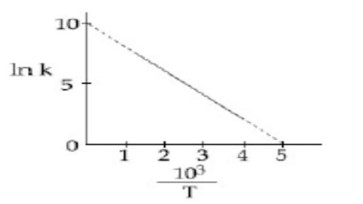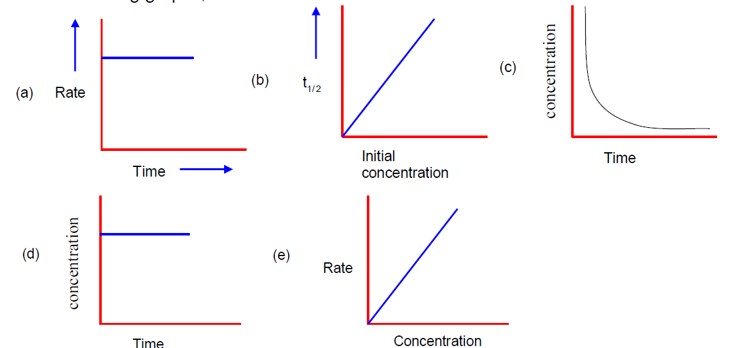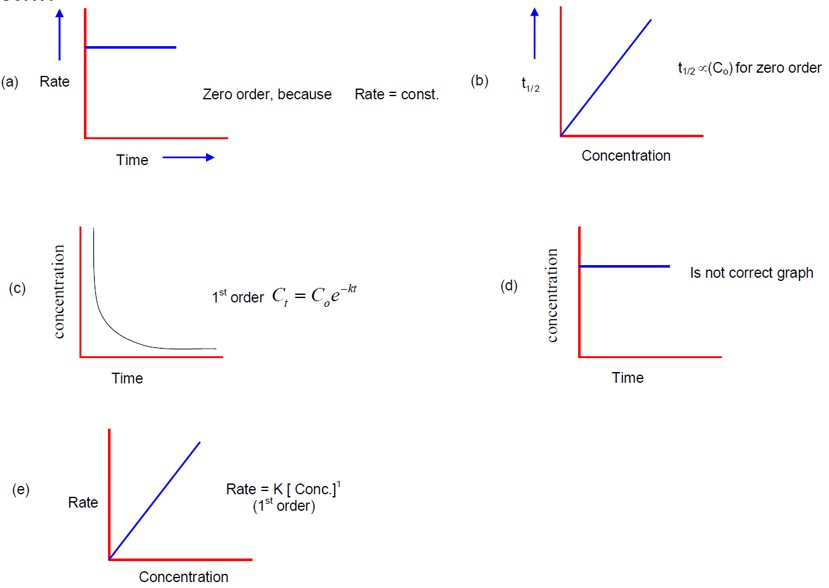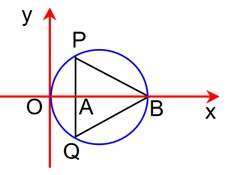Chemistry Chemical Kinetics
Get insights from 111 questions on Chemistry Chemical Kinetics, answered by students, alumni, and experts. You may also ask and answer any question you like about Chemistry Chemical Kinetics
Follow Ask QuestionQuestions
Discussions
Active Users
Followers
New answer posted
3 months agoContributor-Level 10
lnK = -E_a/RT + I
-E_a/R = slope is negative
⇒ -E_a/R = (10-0)/ (5-0)
E_a = 2R
New answer posted
3 months agoContributor-Level 10
A → B
t=0: a, 0
t=30min: (a-x), x
given x = 0.2 mole / lit
Average rate = +Δ [B]/Δt = 0.2 mole/lit / (30/60)h = 0.4 mole lit? ¹h? ¹
= 4 * 10? ¹ mole lit? ¹h? ¹
New answer posted
3 months agoContributor-Level 10
Rate = K [A]?
K = Rate / [A]?
= (mole L? ¹s? ¹) / (mole L? ¹)?
= mole¹? L? ¹ s? ¹
Unit of K: mole¹? L? ¹ s? ¹
New answer posted
3 months agoContributor-Level 10
K = 3.3 * 10-4 s-1
Time for 40% completion ; t
Using
3.3 * 10-4 =
so; the nearest integer is 26.
New answer posted
3 months agoContributor-Level 10
Fraction of molecules having enough energy to form product =
Fraction of molecules having enough energy to form product =
So, x = 14
Taking an Exam? Selecting a College?
Get authentic answers from experts, students and alumni that you won't find anywhere else
Sign Up on ShikshaOn Shiksha, get access to
- 65k Colleges
- 1.2k Exams
- 681k Reviews
- 1800k Answers




